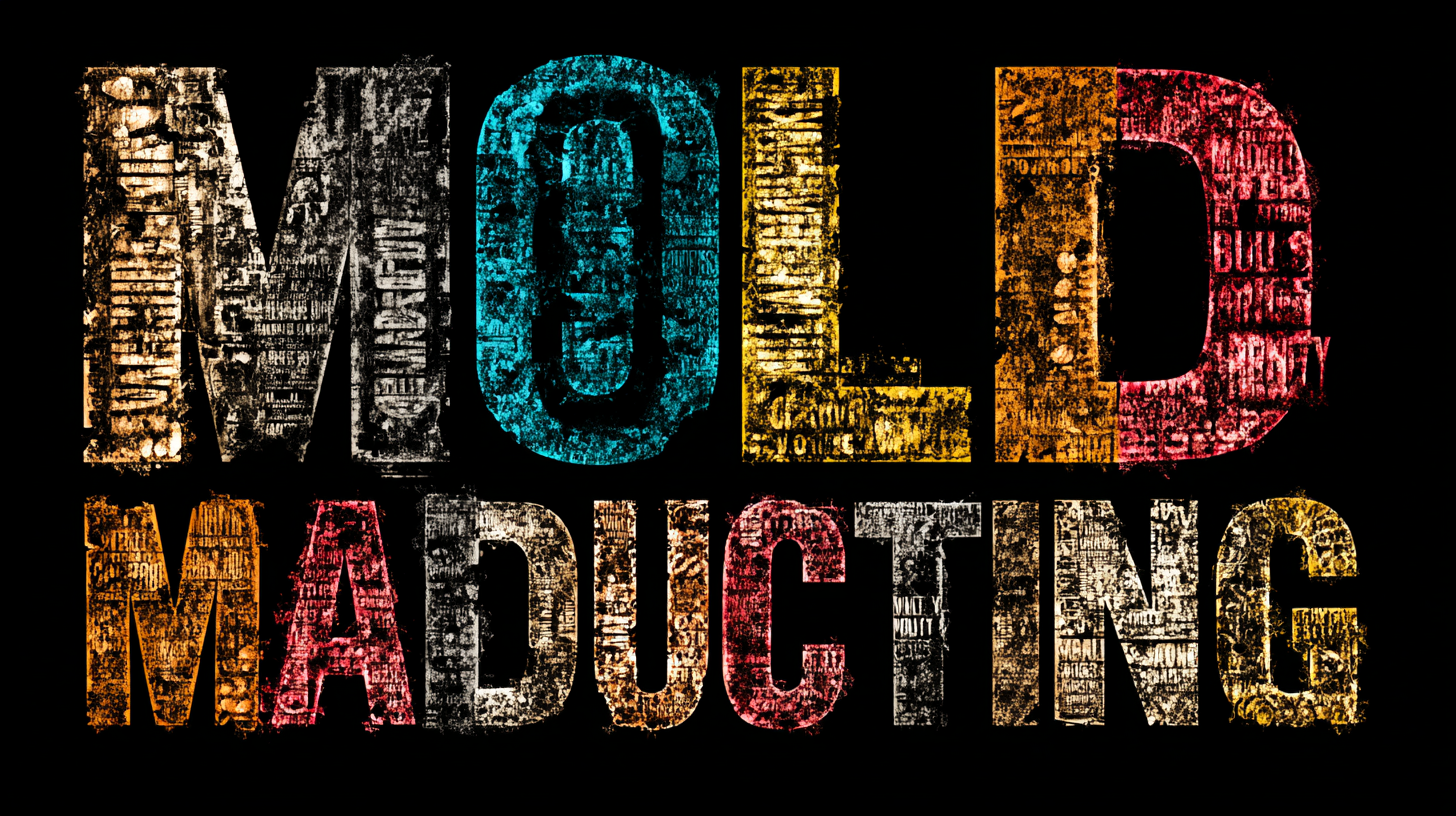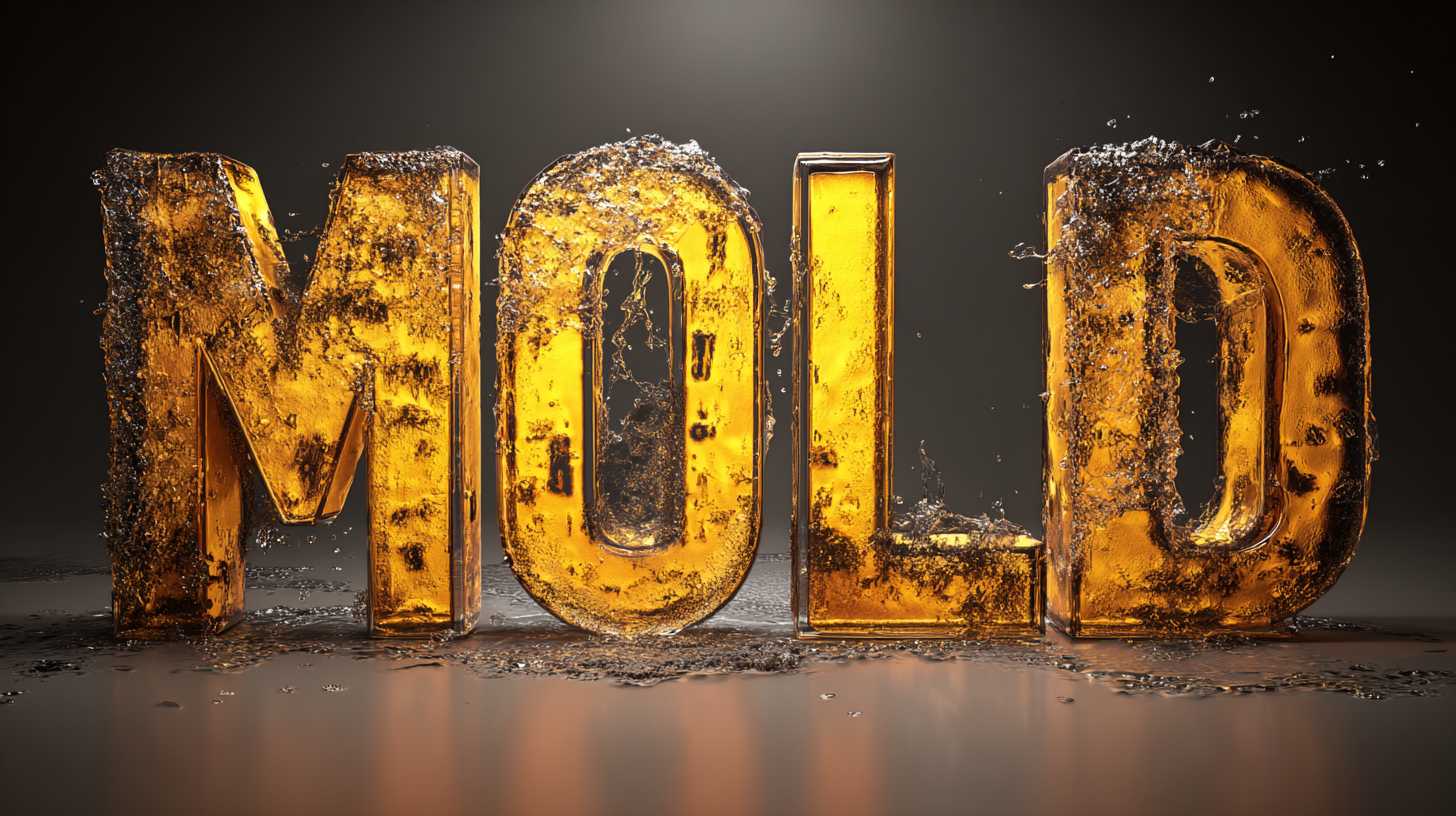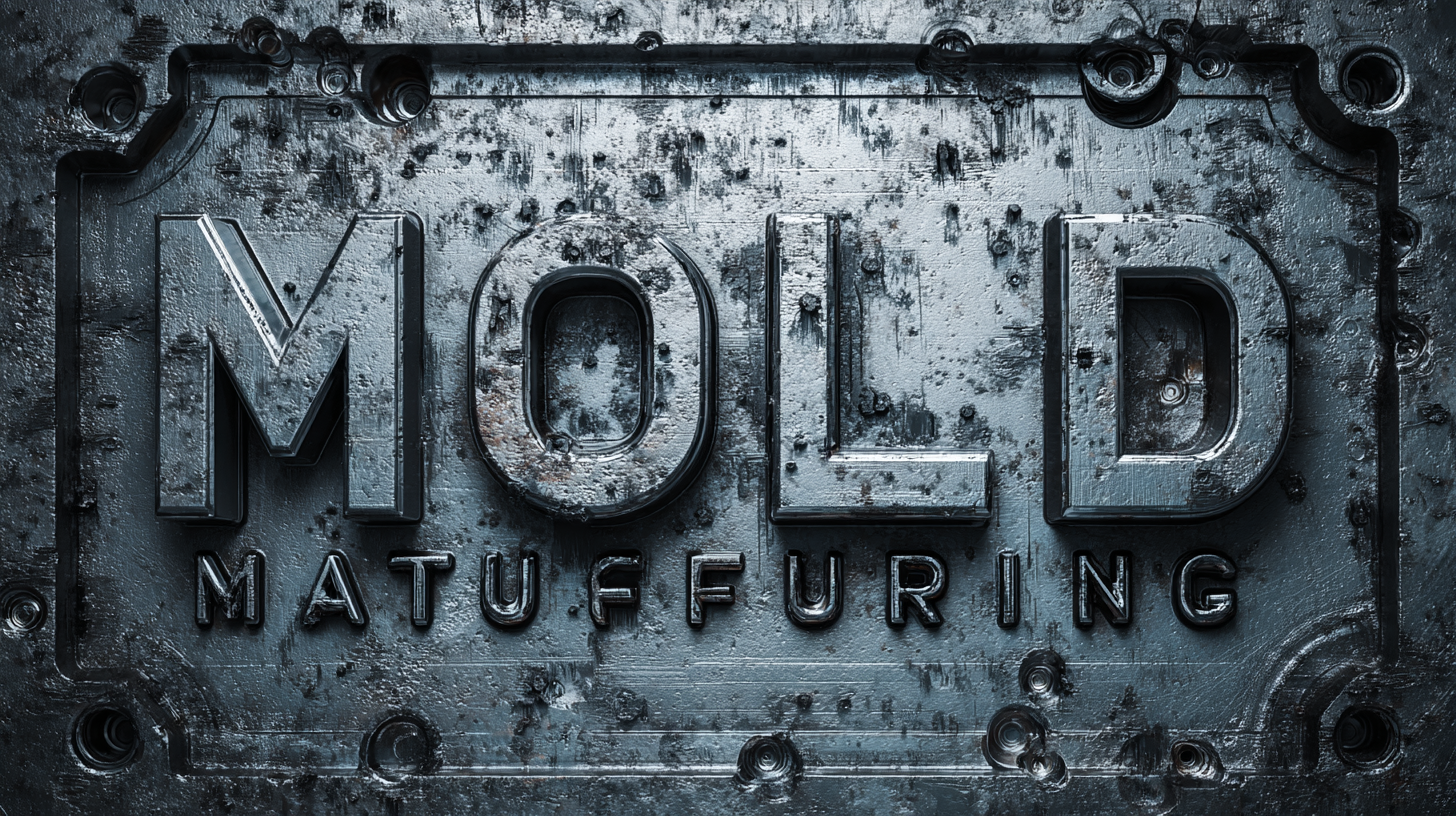


The mold manufacturing industry is poised for significant transformation by 2025, driven by technological advancements and shifting market demands. According to a recent report by MarketsandMarkets, the global mold market is expected to reach $7.3 billion by 2025, growing at a CAGR of 4.6%. This growth is largely attributed to the increasing adoption of automation, the integration of smart technologies, and sustainable manufacturing practices. In this ultimate guide, we will explore the best mold manufacturing trends that are shaping the industry, focusing on detailed technical specifications, numerical data, and the top types of molds being utilized. As we delve into these pivotal developments, understanding their implications will be essential for businesses aiming to stay competitive in this rapidly evolving landscape.

In the rapidly evolving world of mold manufacturing, emerging technologies are playing a crucial role in transforming production processes. One of the most notable advancements is the integration of additive manufacturing techniques. This innovation allows for the creation of complex mold structures that were previously impossible with traditional methods. With 3D printing capabilities, manufacturers can produce prototypes and molds in a fraction of the time, reducing lead times and material waste while enabling greater design flexibility.

Another significant trend is the adoption of Industry 4.0 principles, including the Internet of Things (IoT) and advanced data analytics. By embedding sensors within machinery and using data to monitor production in real-time, companies can enhance operational efficiency and predict maintenance needs before equipment failure occurs. This proactive approach minimizes downtime and optimizes the manufacturing process, ultimately leading to higher quality molds and reduced costs.
Additionally, the rise of hybrid manufacturing techniques, which combine subtractive and additive processes, is set to revolutionize the industry. By leveraging the strengths of both methods, manufacturers can achieve finer details and improved surface finishes in mold production. As these innovations continue to develop, they will undoubtedly reshape the landscape of mold manufacturing, driving productivity and sustainability in the years leading up to 2025.
As the mold manufacturing industry evolves, sustainability has become a key focus for companies aiming to minimize their environmental impact. Eco-friendly practices and materials are not only becoming a necessity but are also seen as a competitive advantage. Manufacturers are increasingly adopting biodegradable materials, which reduce waste and pollution. Additionally, implementing energy-efficient processes and machinery can significantly lower greenhouse gas emissions, pushing the industry towards a greener future.
Tips for adopting eco-friendly practices include conducting a sustainability audit to identify areas for improvement. Companies should evaluate their energy consumption and waste management processes, seeking ways to enhance efficiency. Moreover, engaging in partnerships with suppliers that prioritize sustainability can lead to the use of environmentally friendly materials and technologies.
Another effective strategy is to invest in research and development for sustainable innovations. This might encompass the use of recycled materials in molding processes or the exploration of alternative manufacturing methods that require less energy. By prioritizing sustainability, mold manufacturers can not only comply with regulations but also attract a growing segment of environmentally conscious consumers.
As the mold manufacturing industry gears up for significant advancements by 2025, automation and robotics are stepping into the spotlight as key drivers of precision and efficiency. According to a recent report by MarketsandMarkets, the global automation market in manufacturing is expected to reach $400 billion by 2025, largely influenced by robotic advancements. These technologies not only enhance the speed of production but also improve accuracy, reducing scrap rates and leading to substantial cost savings.
Tips: Embrace automation to streamline your production process. Investing in automation tools can lead to a 20-30% increase in productivity, allowing manufacturers to meet growing market demands with ease.
The integration of robotics into mold production allows for advanced capabilities such as real-time monitoring and maintenance, which significantly minimizes downtime. A study by McKinsey highlights that companies adopting robotics for manufacturing could see an increase in annual productivity growth of 1.4% to 2.0%.
Tips: Consider collaborating with technology providers to tailor robotic solutions that fit your specific production needs. Customizing automation strategies can help you achieve greater flexibility and adapt to market changes quickly.
| Trend | Description | Impact | Year of Adoption |
|---|---|---|---|
| Automation | Integration of automated machinery in mold production to enhance efficiency. | Increased production speed and reduced labor costs. | 2023 |
| Robotics | Use of advanced robotics for precision tasks in mold making. | Higher accuracy and reduced waste in production. | 2024 |
| 3D Printing | Adoption of 3D printing technologies for rapid prototype molds. | Reduced lead time for mold creation and design flexibility. | 2025 |
| AI Integration | Utilization of artificial intelligence for process optimization. | Enhanced decision-making and improved product quality. | 2023 |
| Smart Manufacturing | Implementation of IoT devices for real-time monitoring. | Improved maintenance and uptime of production equipment. | 2024 |
The mold manufacturing industry is undergoing a significant transformation, driven by the advent of Industry 4.0 technologies. Digital transformation is reshaping traditional manufacturing processes, integrating smart technologies such as IoT, AI, and big data analytics. These innovations enhance operational efficiency by facilitating real-time monitoring and predictive maintenance, allowing manufacturers to reduce downtime and optimize resource allocation.
Furthermore, the use of advanced manufacturing systems enables manufacturers to create highly customized molds with greater precision and speed. Digital twins, for instance, allow for the simulation of production processes, leading to improved design accuracy and reduced material waste. As these technologies become more prevalent, businesses that adopt them will not only enhance their production capabilities but also remain competitive in an increasingly globalized market. This shift towards smart manufacturing hints at a more agile, responsive industry by 2025.
As we approach 2025, the mold manufacturing industry faces evolving consumer demands that are significantly reshaping mold design and production processes. According to a report by MarketsandMarkets, the global mold manufacturing market is projected to reach $15.4 billion by 2025, growing at a CAGR of 5.8%. This growth is largely attributed to the increasing demand for customized and intricate mold designs. Consumers today are seeking products that not only meet functional requirements but also offer aesthetic appeal and sustainability, pushing manufacturers to innovate rapidly.
In response to these demands, manufacturers are increasingly adopting advanced technologies such as 3D printing and simulation software. A report from Grand View Research highlights that the 3D printing segment alone is expected to experience a revenue surge, with a valuation exceeding $9 billion by 2025. This technology allows for faster prototyping and production cycles, enabling companies to meet consumer preferences for quick turnaround times. Additionally, the trend towards sustainability continues to influence mold design, with an emphasis on using recyclable materials and reducing waste. The combined effects of these market trends indicate a transformative shift towards more agile, consumer-focused mold production strategies in the coming years.
